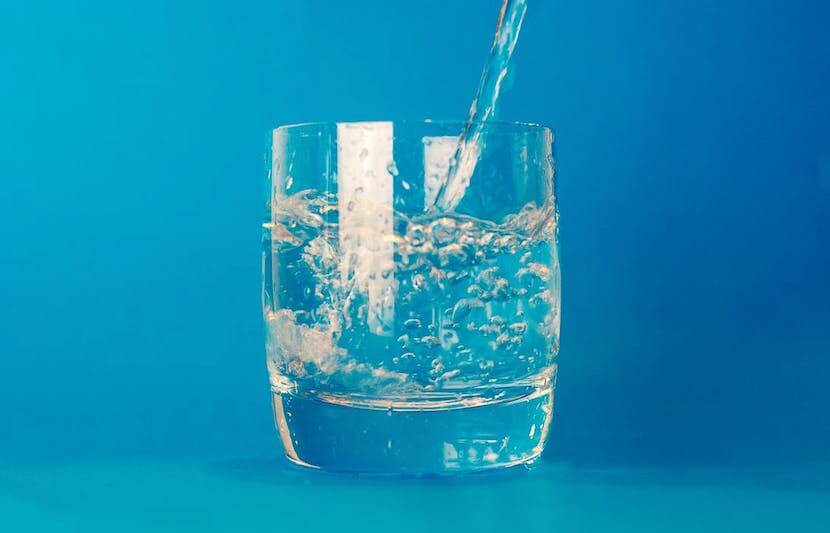A team of researchers from Carnegie Mellon University (CMU) has successfully developed a solution to remove one of the most prominent industrial chemical contaminants, bisphenol A (BPA), from our water. In their study, the researchers were able to remove 99 percent of BPA from water using a mixture of hydrogen peroxide and engineered catalysts.
The research is published in the journal Green Chemistry. Other researchers from the University of Auckland and Oregon State University collaborated in the study.
BPA is a massive-volume, manmade commercial chemical used to create polycarbonate, epoxy and phenolic resins that keep hard plastic from shattering. It leaks out of landfills and infiltrates our water, which is a concern as it is harmful to health.
The University Network spoke with Terrence Collins, Teresa Heinz Professor of Green Chemistry at CMU and senior author of the study, to gain further insight on the environmental damages caused by BPA and the researchers’ chemical solution.
Collins explained that “BPA is an endocrine disruptor that interferes with the normal operation of endocrine hormone processes that control how humans and other higher life forms develop, and a signature man made pollutant of our high-tech civilization.”
The published study begins and ends with mini-reviews written primarily by CMU postdoctoral research associate Matthew DeNardo. These reviews address where BPA can be found in this world and what that means.
“To be frank, I can’t read these two reviews without worrying deeply about the implications for the future vitality of life,” Collins said.
Collins and his team are fearful about the harmful effects BPA has on the younger generation. Human studies from the Centers for Disease Control and Prevention and quantities of exposure reviewed in the team’s paper show that BPA is likely to be detectable in almost all of young people’s urine.
In an effort to combat the harmful effects BPA has on humans and the environment, the researchers combined hydrogen peroxide with small molecules, named TAML activators, that act as oxidizing catalysts. This mixture brings BPA together into clumps, which can be filtered out at water treatment plants, thus easily and efficiently removing BPA from water.
There are two possible outcomes when removing BPA. These outcomes are based on the acidity of the water, Collins explained, but are still effective.
“At low acid concentrations (high pH), the BPA is obliterated. At higher acid concentrations (near the neutral pH region) that are typical of environmental waters, the BPA is precipitated by chemistry that sticks BPA molecules together in ways that will not revert to BPA as with current plastics. In both cases, the removal is effectively quantitative. The BPA elimination chemistry involved is fast and facile—you simply mix traces of catalyst and a little peroxide into the water and the processes take off quickly.”
The research surrounding a chemical solution to BPA removal was first introduced at CMU in 2002 by then-undergraduate student Ryan Malecky and then-graduate student Beth Drake. But over the last 15 years, additional research has been conducted at the University of Auckland and Oregon State University.
Collins has dedicated his career to direct our civilization towards sustainability and sees this recent study as a crucial step. “Building a sustainable world mandates dealing effectively with the toxicity challenges of BPA and various of its surrogates,” he said. “We cannot have a sustainable high-tech civilization unless we solve the challenges of endocrine disruptors.”
Collins acknowledges society’s tendency to invest in unsustainable products and processes that continuously harm the environment and our personal health. He challenges universities to address the real problems of sustainability.
“To do the right thing for the future good, one has to do things that are interpreted as biting the hands that feed the system,” Collins said. “Universities like CMU train the leaders of the civilization. How can the civilization advance toward sustainability if we are afraid for funding reasons to address the real problems?”
The BPA removal method has been proven to work in lab water, so Collins has high hopes for the future implications of this TAML science.
“If this chemistry transfers to much dirtier real-world situations with similar BPA concentrations, e.g., landfill leachates and paper recycling streams, then this work could help reduce aquatic contamination by BPA,” said Collins. “The ball is now in the BPA industry’s court.”



